When it comes to building a well-rounded, functional physique, there’s one often-overlooked principle that can make a massive difference: unilateral training. Unlike traditional bilateral movements that work both sides of the body simultaneously, unilateral exercises focus on one limb at a time — and that’s exactly where the magic happens.
What Is a Unilateral Exercise?
A unilateral exercise involves training one side of the body independently from the other. For example, a single-arm dumbbell row, a split squat, or a one-arm chest press. These movements challenge your muscles, joints, and nervous system in a unique way that improves balance, coordination, and core stability.
But this isn’t just about balance — unilateral movement helps uncover and correct strength imbalances that can lead to injury or limit performance.
Why Choose Unilateral Over Bilateral?
Most people have a dominant side. Whether you're pressing, pulling, or lunging, your stronger side often picks up the slack. Over time, this compensation can create muscular imbalances and increase your risk of injury.
Unilateral strength training breaks this cycle. By isolating one side, you ensure both limbs are working equally — no cheating allowed.
Key benefits include:
-
Improved balance and coordination
-
Stronger core activation
-
Injury prevention
-
Better joint stability
-
More athletic carryover
Unilateral Movement Examples by Muscle Group
Chest:
-
Single-arm dumbbell bench press – Trains pecs while challenging core anti-rotation.
-
Single-arm cable chest fly – Focuses on range and isolation.
-
Unilateral push-up (or offset push-up) – A bodyweight challenge for both strength and control.
Shoulders:
-
Single-arm overhead press – Great for deltoids and obliques.
-
Landmine press – A joint-friendly, unilateral movement that builds strength and stability.
-
One-arm lateral raise – Targets deltoid symmetry.
Arms:
-
Single-arm bicep curls – Allows precise focus on form and contraction.
-
Unilateral triceps extension – Eliminates compensation from the stronger arm.
-
Zottman curl (alternating) – A functional unilateral arm exercise with grip benefits.
Legs:
-
Bulgarian split squat – A king among unilateral leg exercises.
-
Step-ups – Functional, scalable, and effective for glutes and quads.
-
Single-leg RDL – Targets hamstrings, glutes, and ankle stability.
What Makes It Effective?
Unilateral exercises not only build muscle but also train the nervous system to fire more efficiently on each side. They demand more from stabilizer muscles and force the core to work overtime. This is why many strength coaches incorporate unilateral lifting into both rehabilitation and athletic performance programs.
It’s not just about size and power—it’s about resilience.
Who Can Benefit?
Everyone. Whether you're new to fitness, recovering from injury, or a seasoned lifter, unilateral resistance training offers value. For athletes, it enhances explosive movement. For everyday lifters, it ensures long-term joint health and structural balance.
And yes, unilateral workouts are just as important for aesthetics. If you want evenly developed arms, shoulders, or legs, symmetrical training is non-negotiable.
How to Program It
Start by swapping out a few bilateral exercises with their unilateral counterparts once or twice a week. For example:
-
Replace barbell bench press with a single-arm dumbbell press
-
Trade barbell back squats for Bulgarian split squats
-
Substitute traditional curls with unilateral arm workouts
Keep reps controlled, form strict, and embrace the imbalance — that’s where the progress lives.
Final Thoughts
A unilateral workout isn't just an accessory to your main lifts — it’s a foundational tool for building strength, correcting asymmetries, and leveling up your training.
So the next time you're in the gym, don’t just go through the motions. Train with purpose. Train one side at a time — and come back twice as strong.


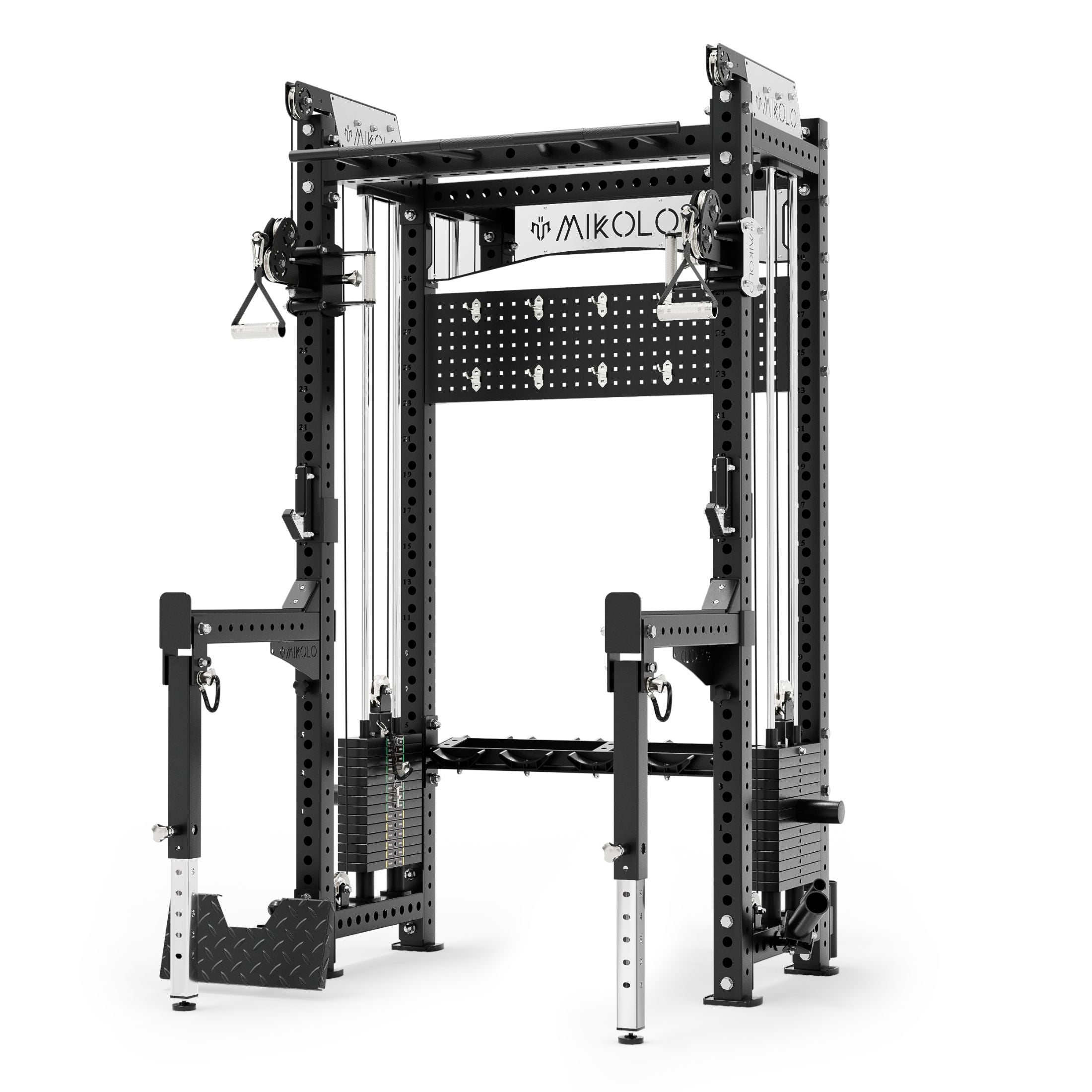
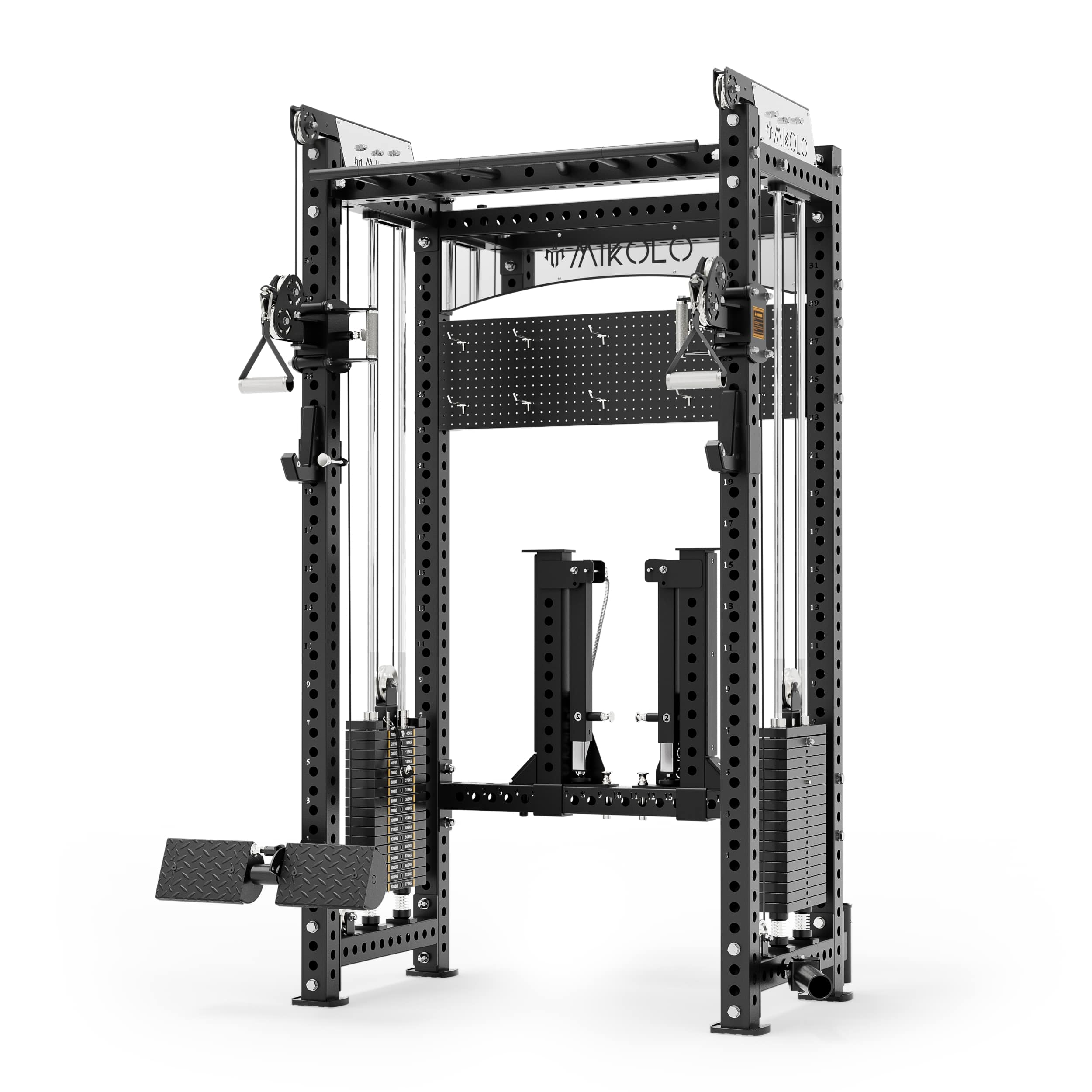
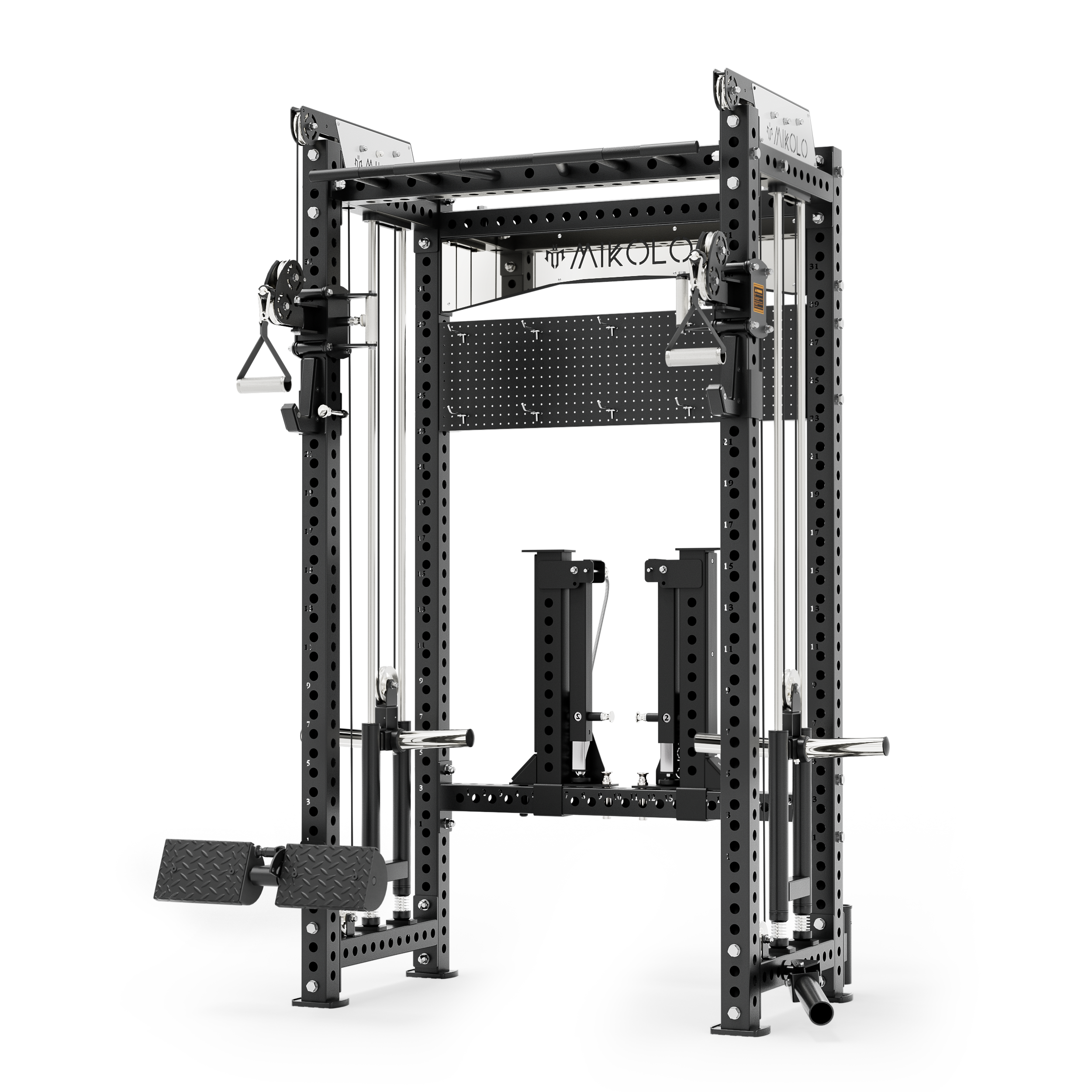


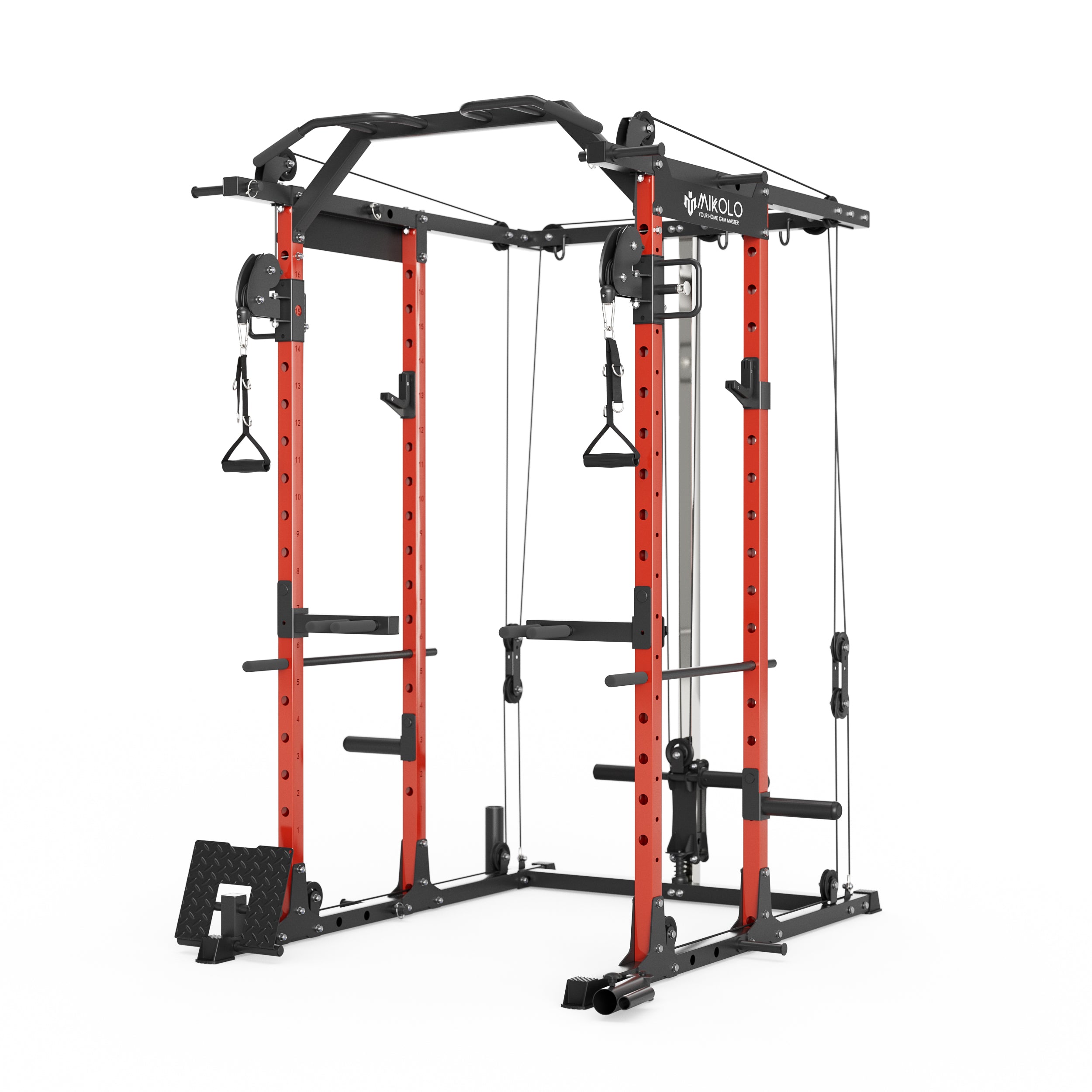
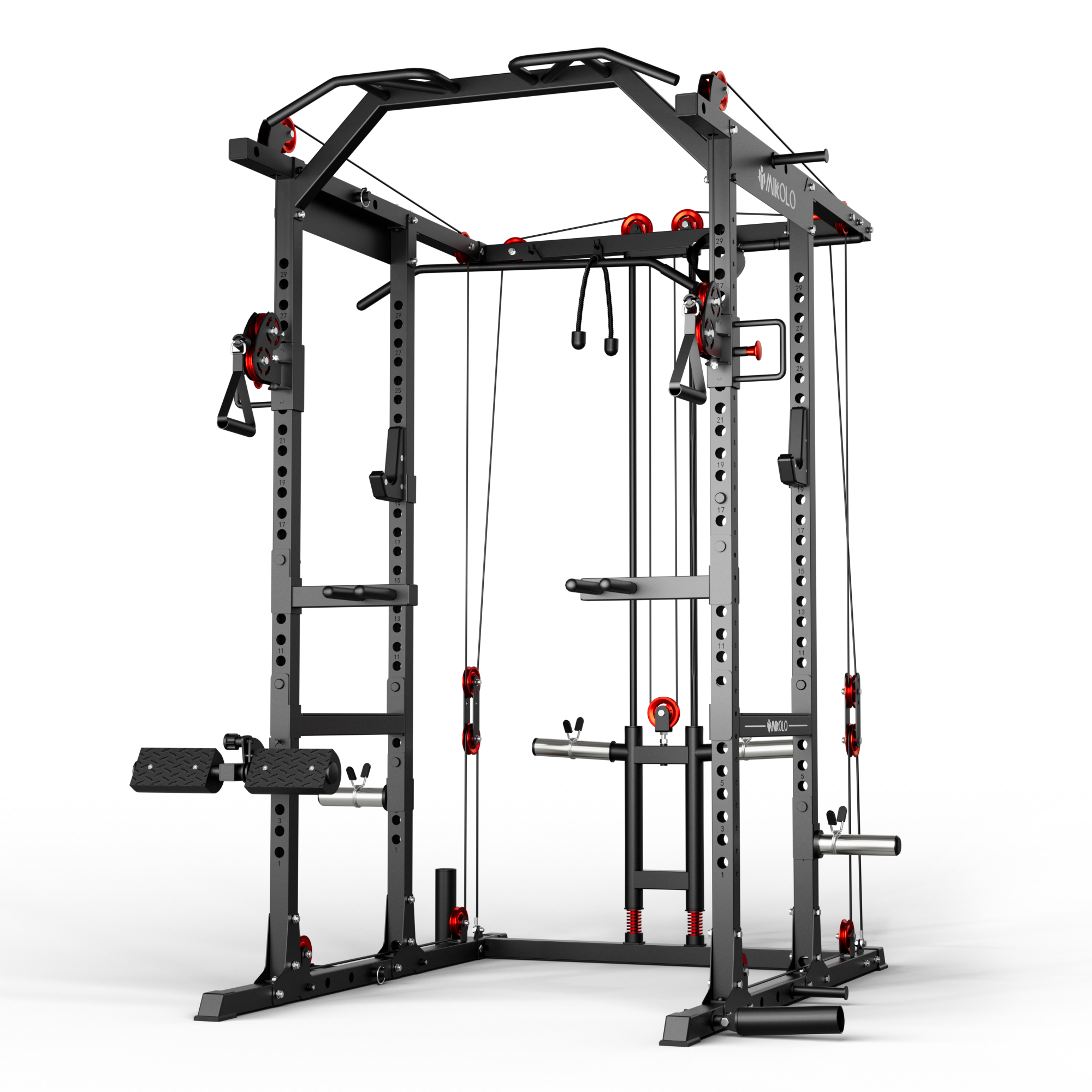

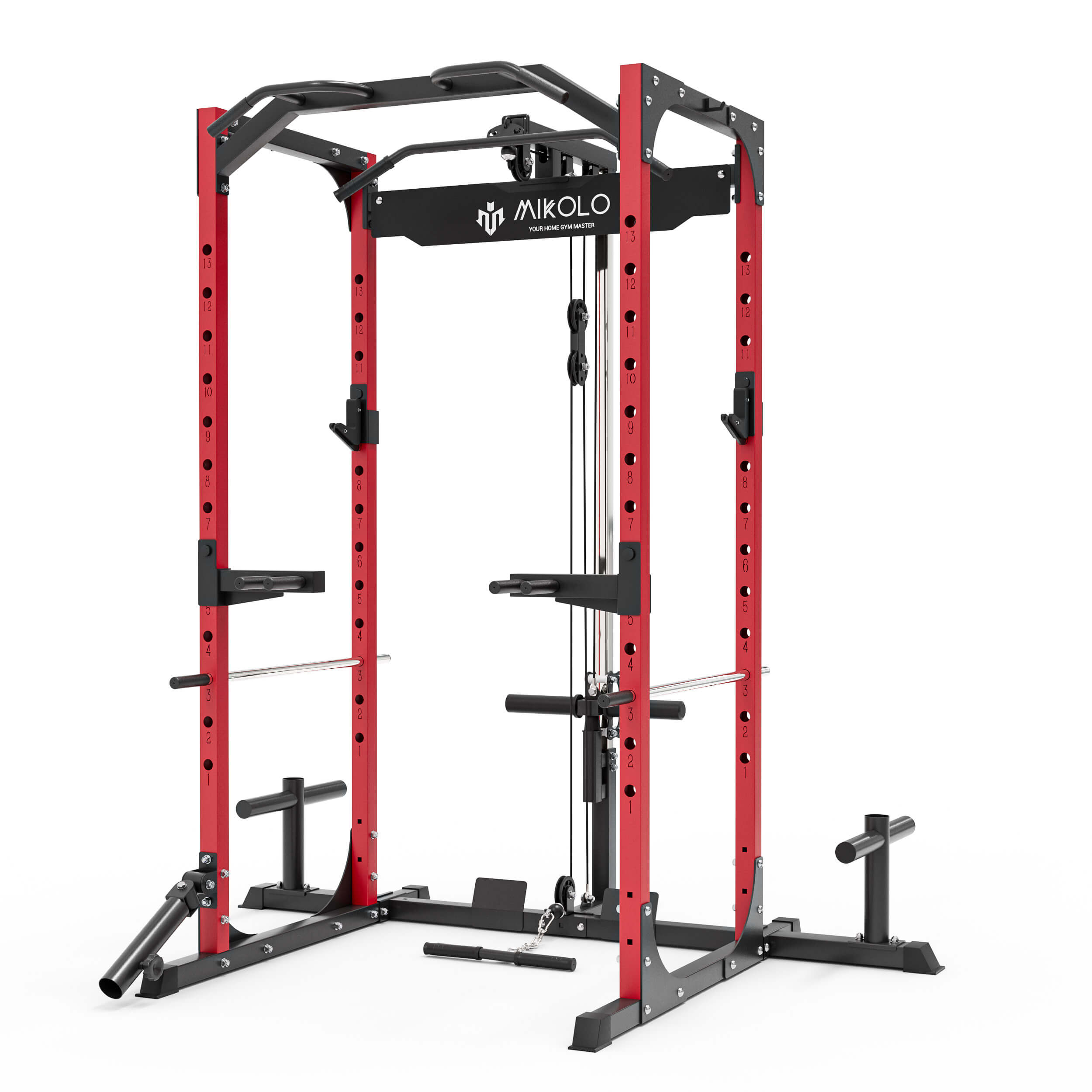
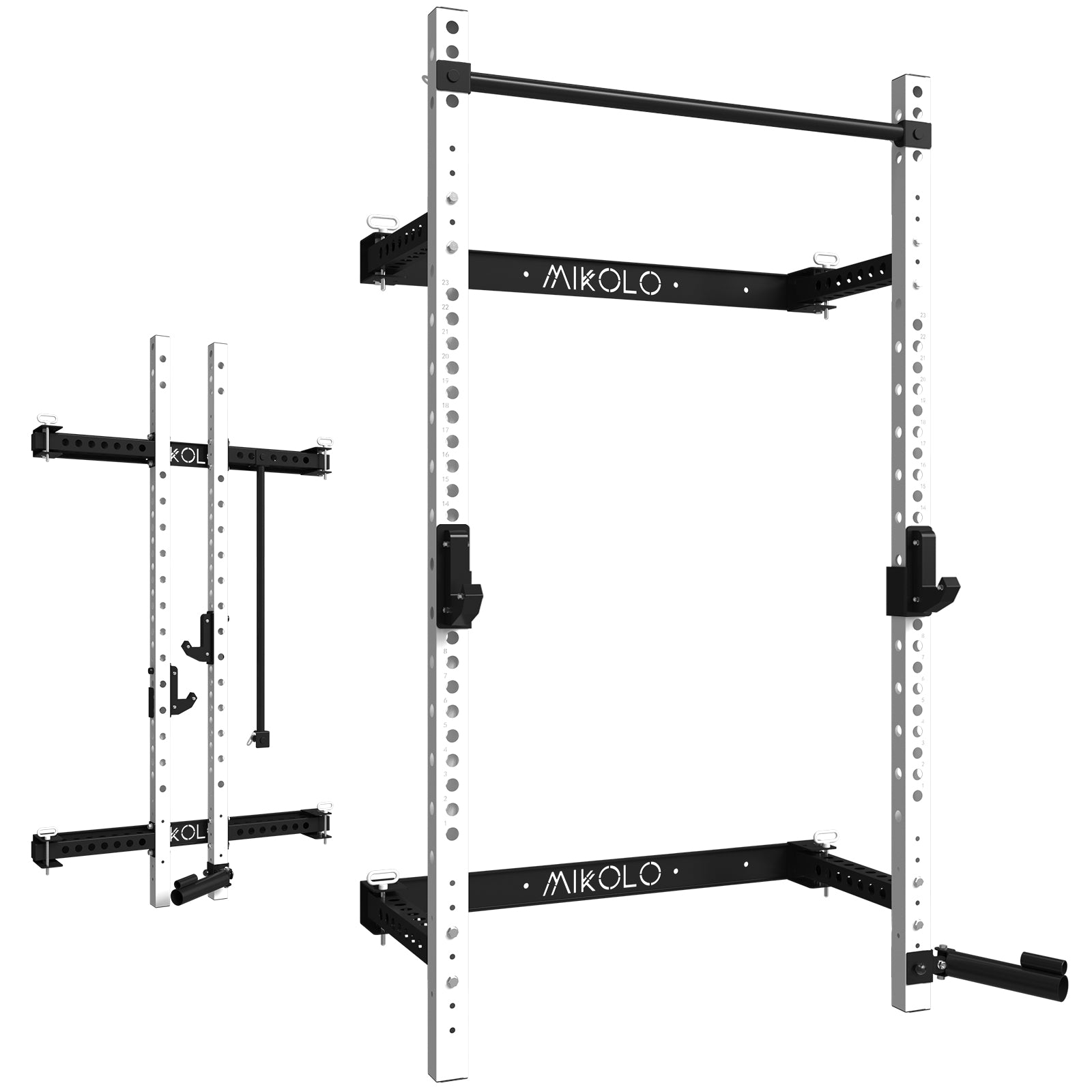


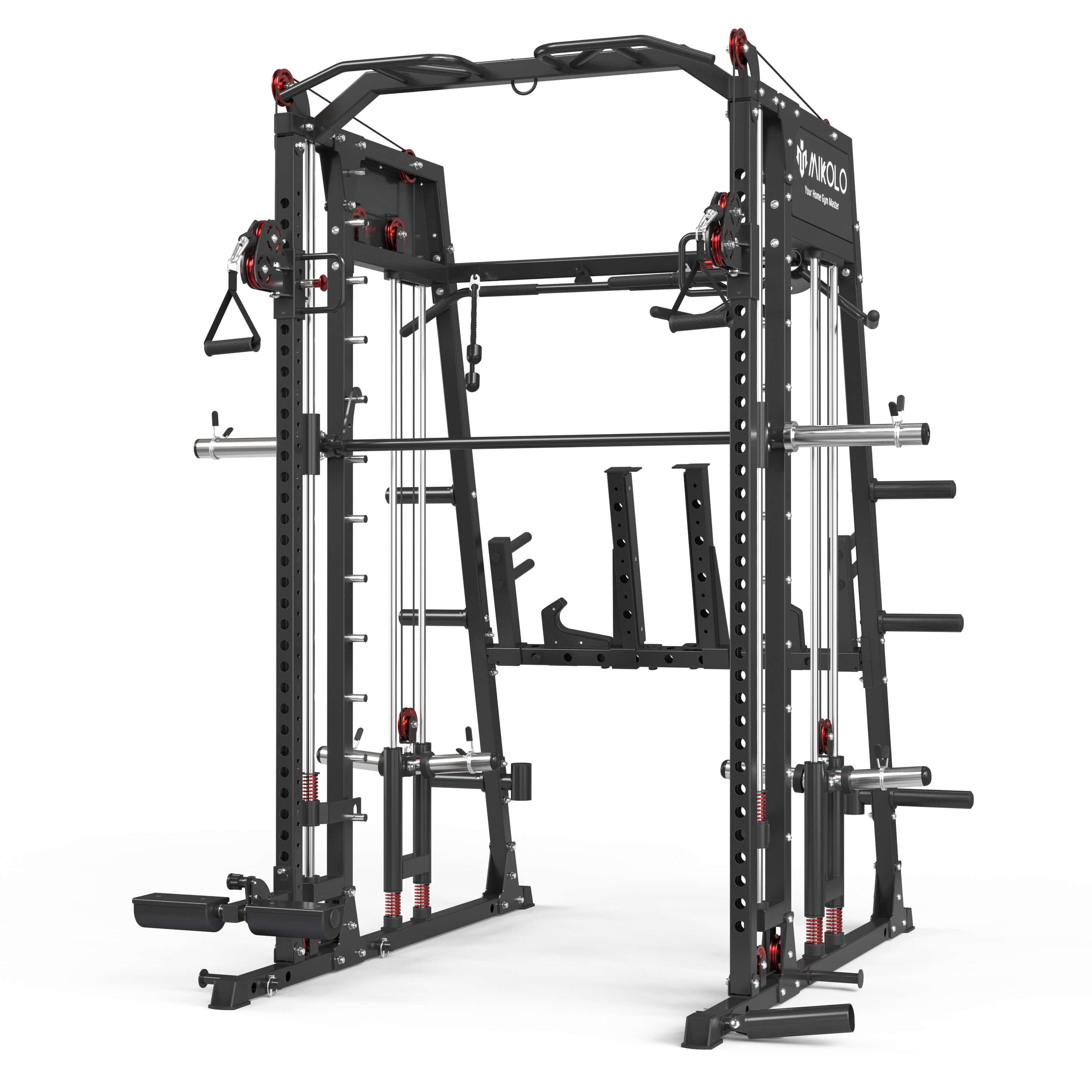
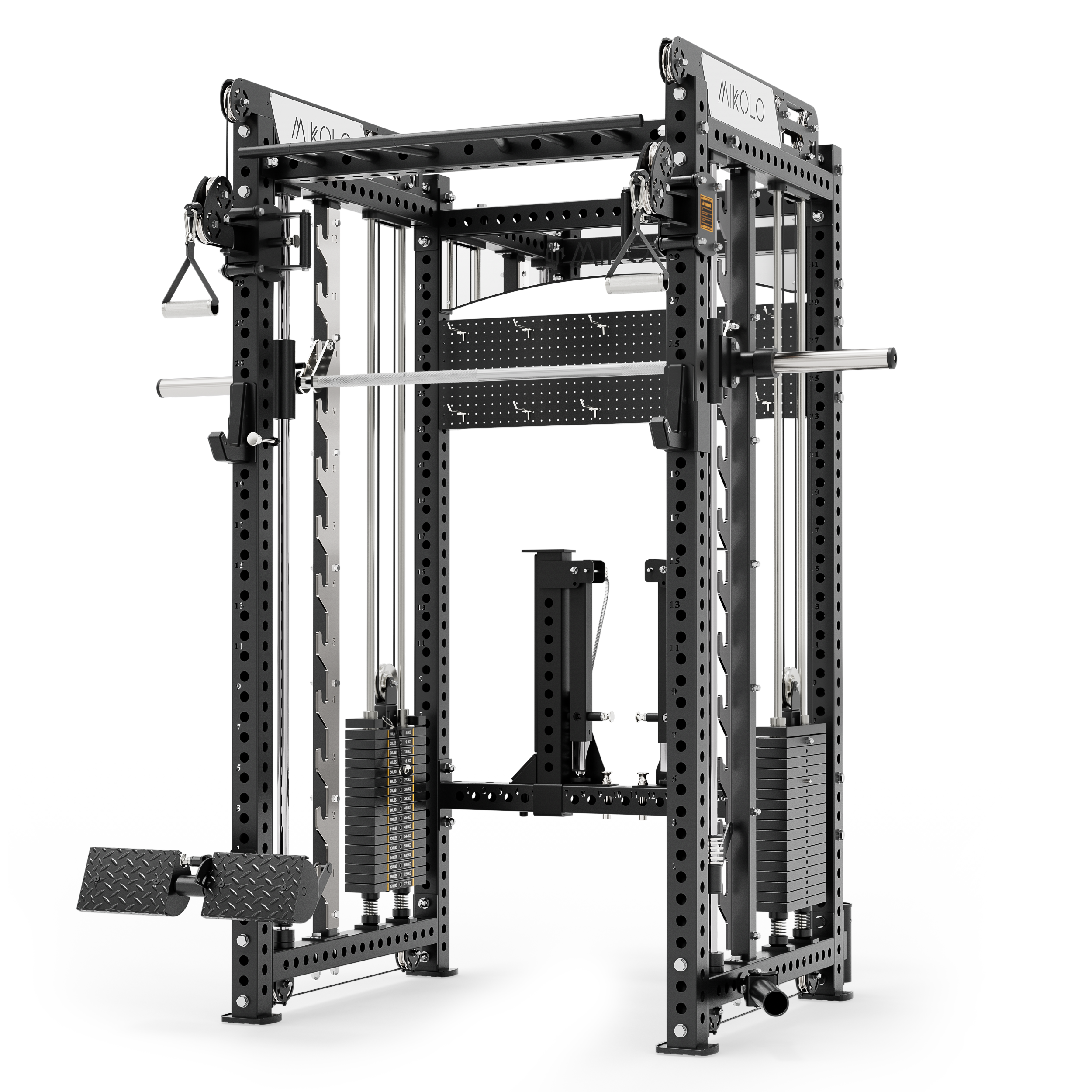
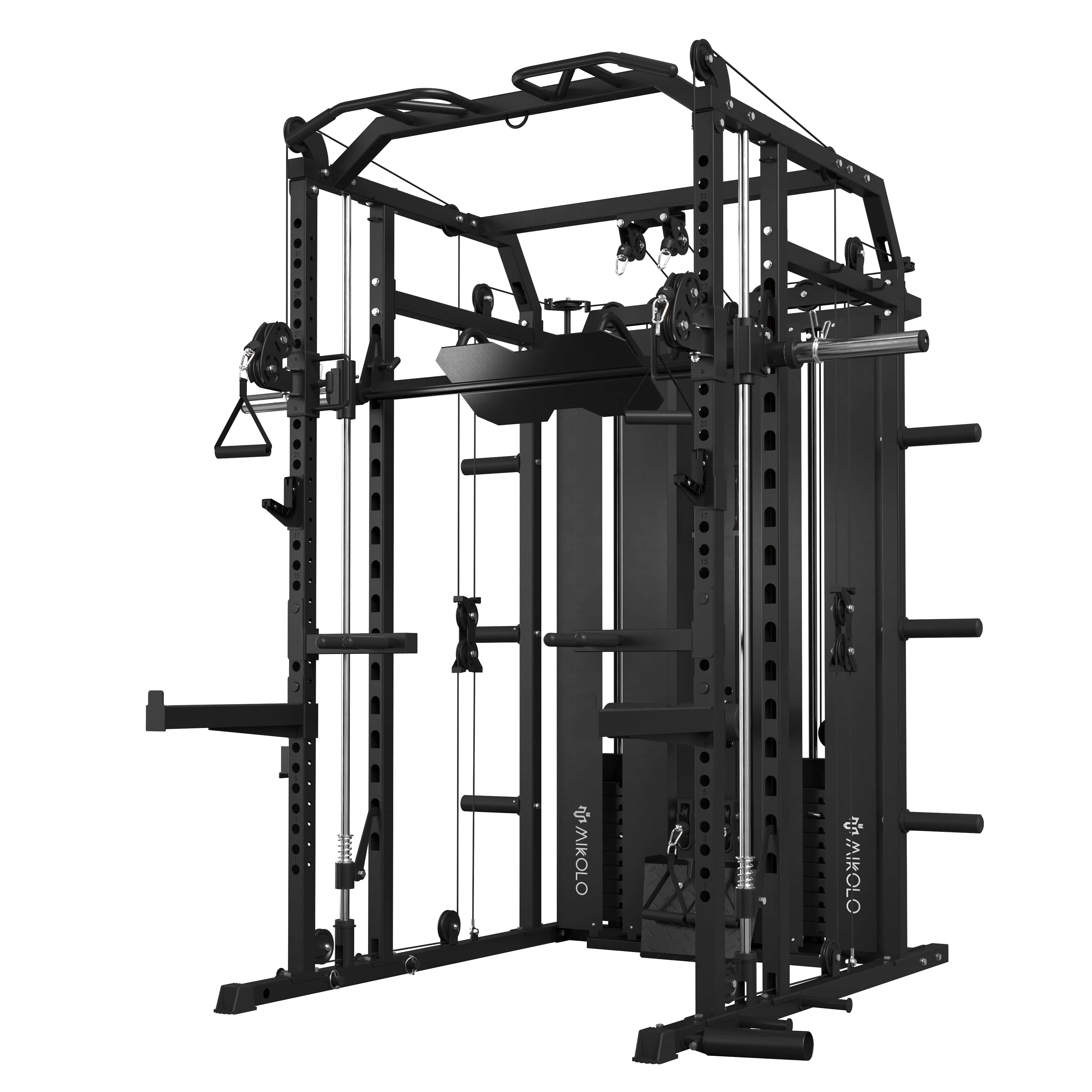
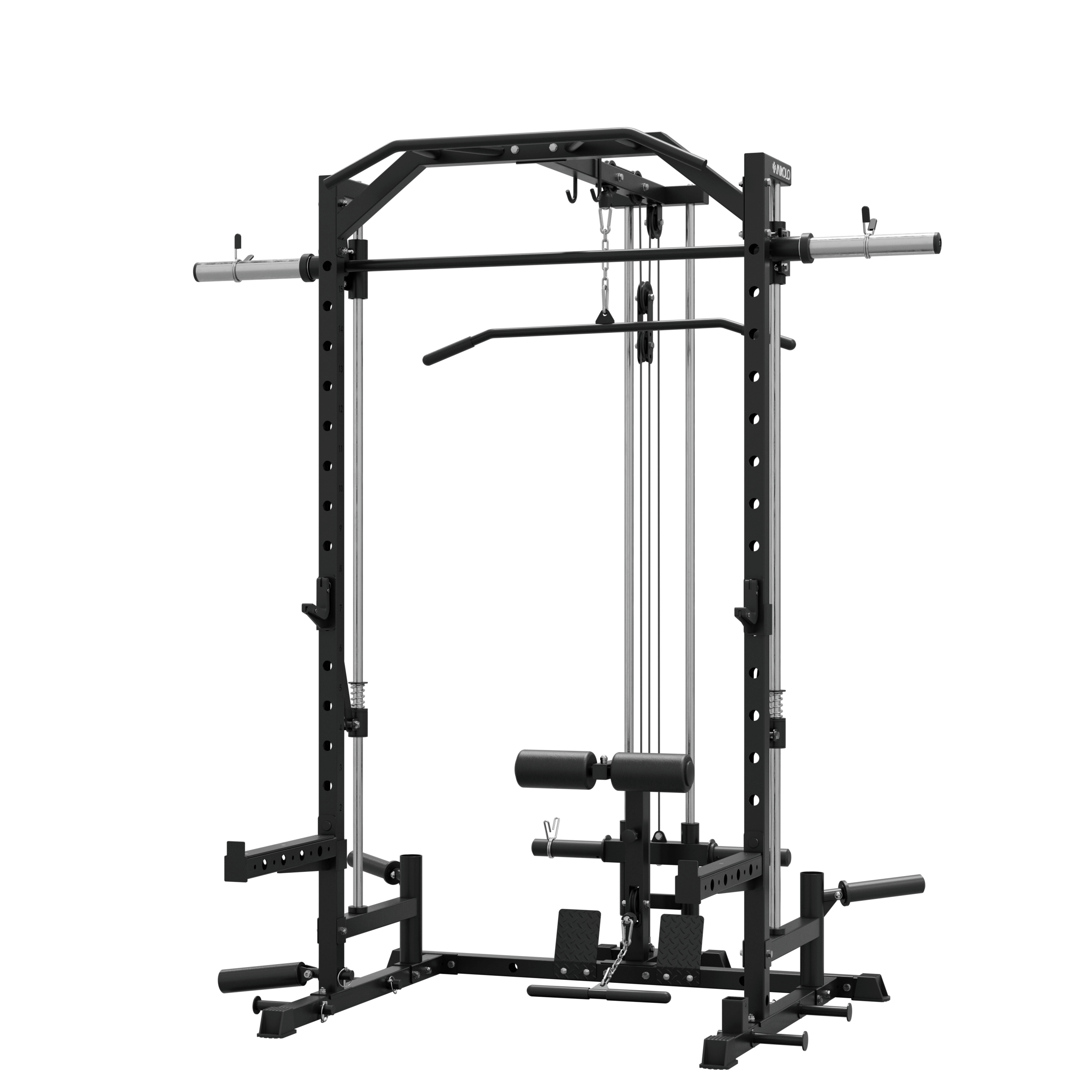
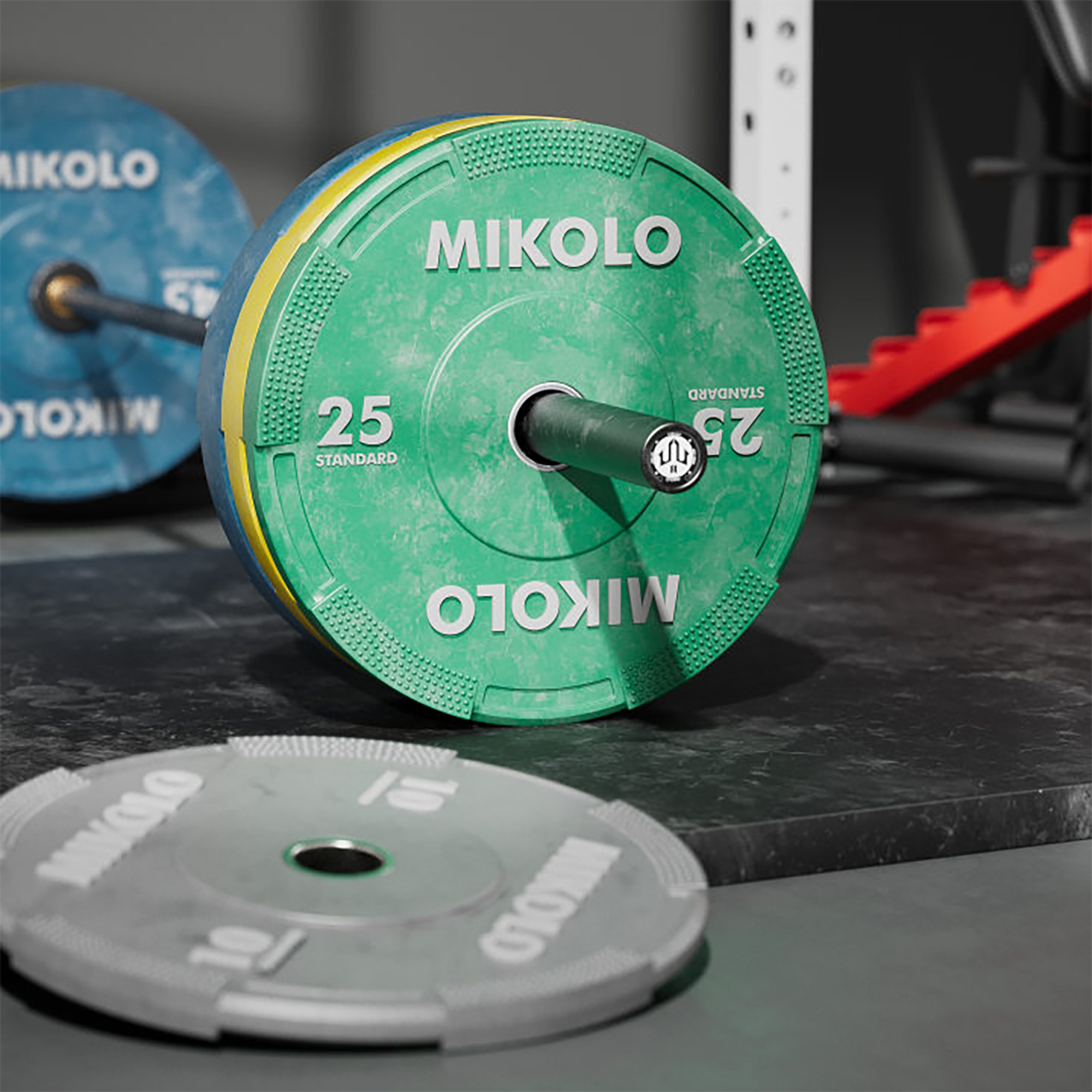






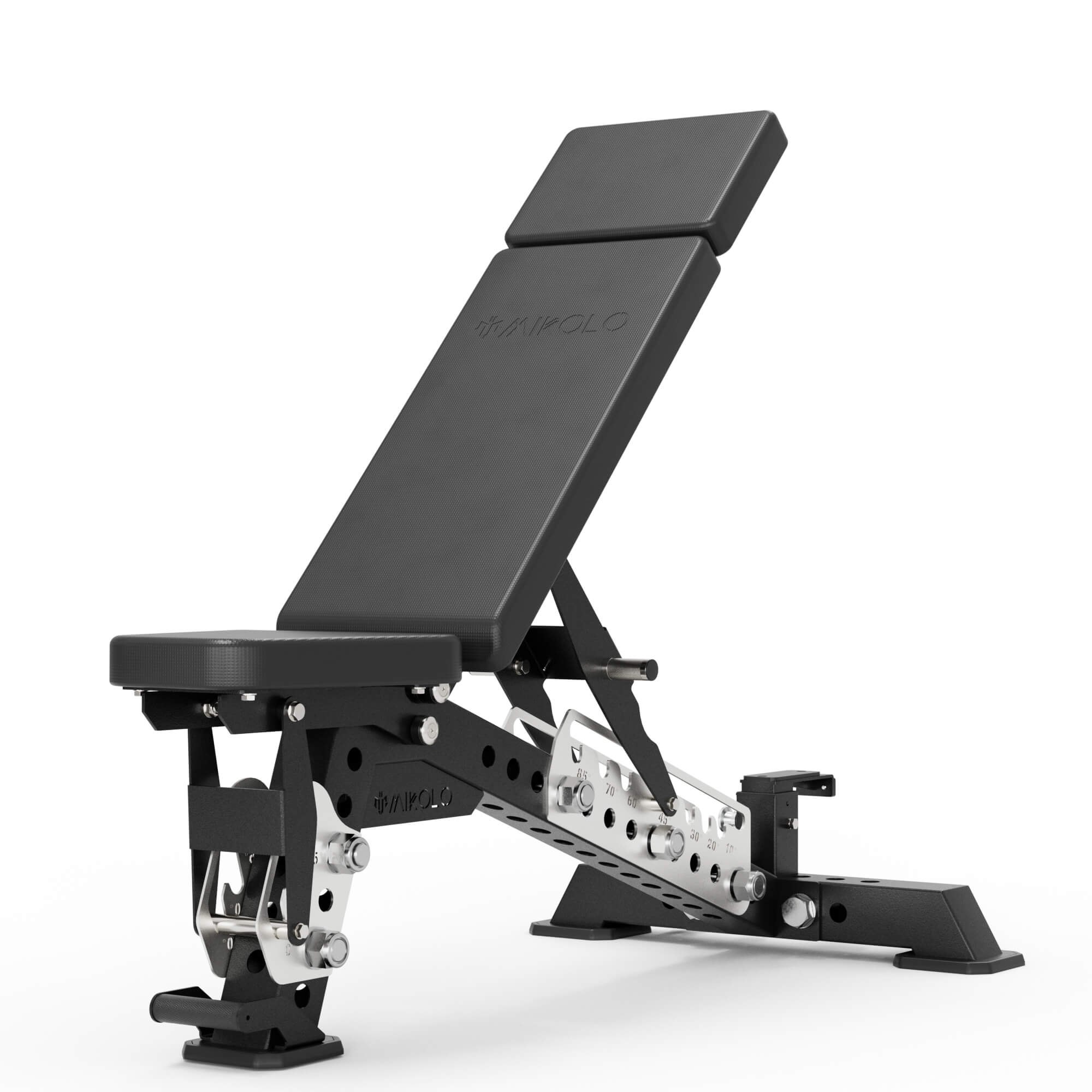
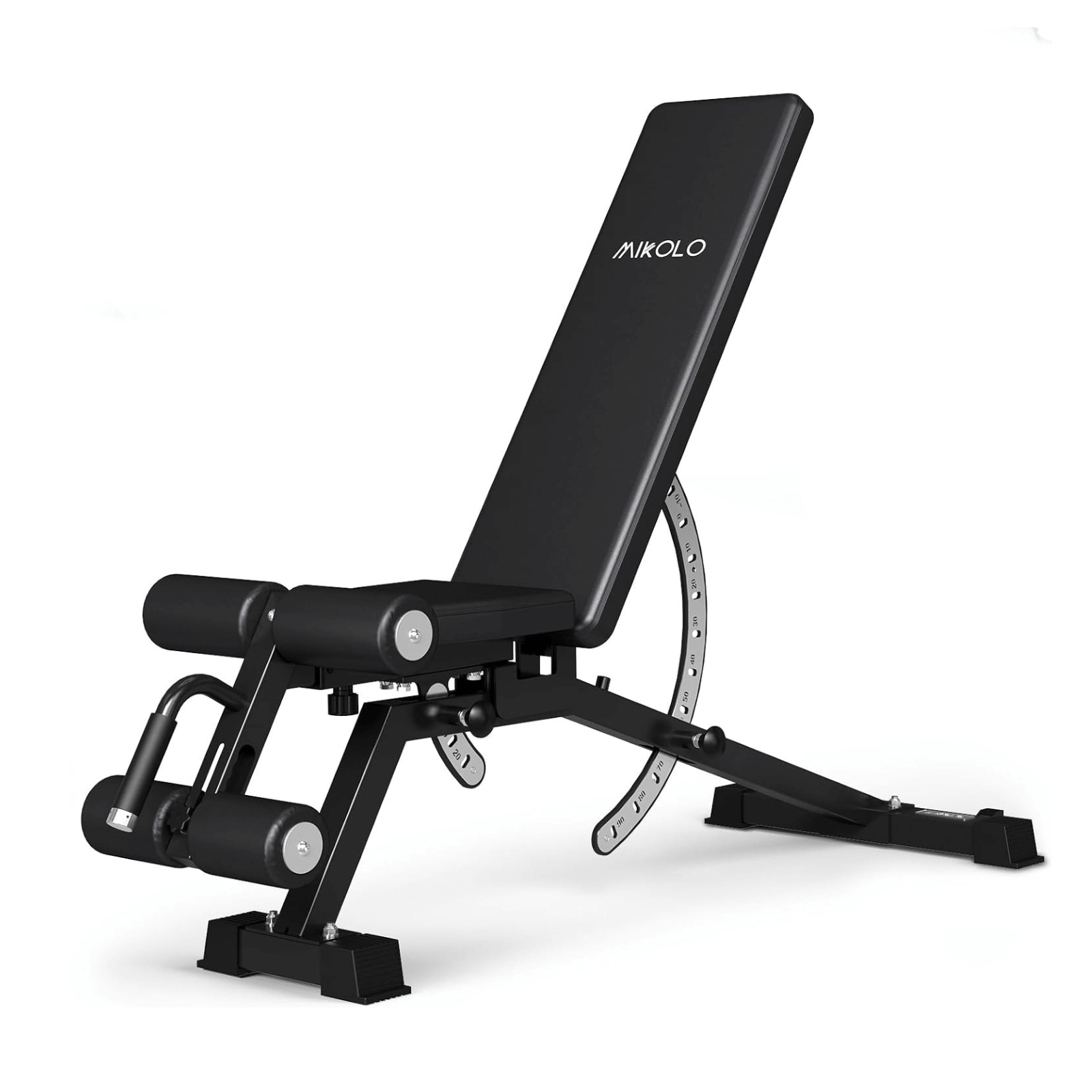




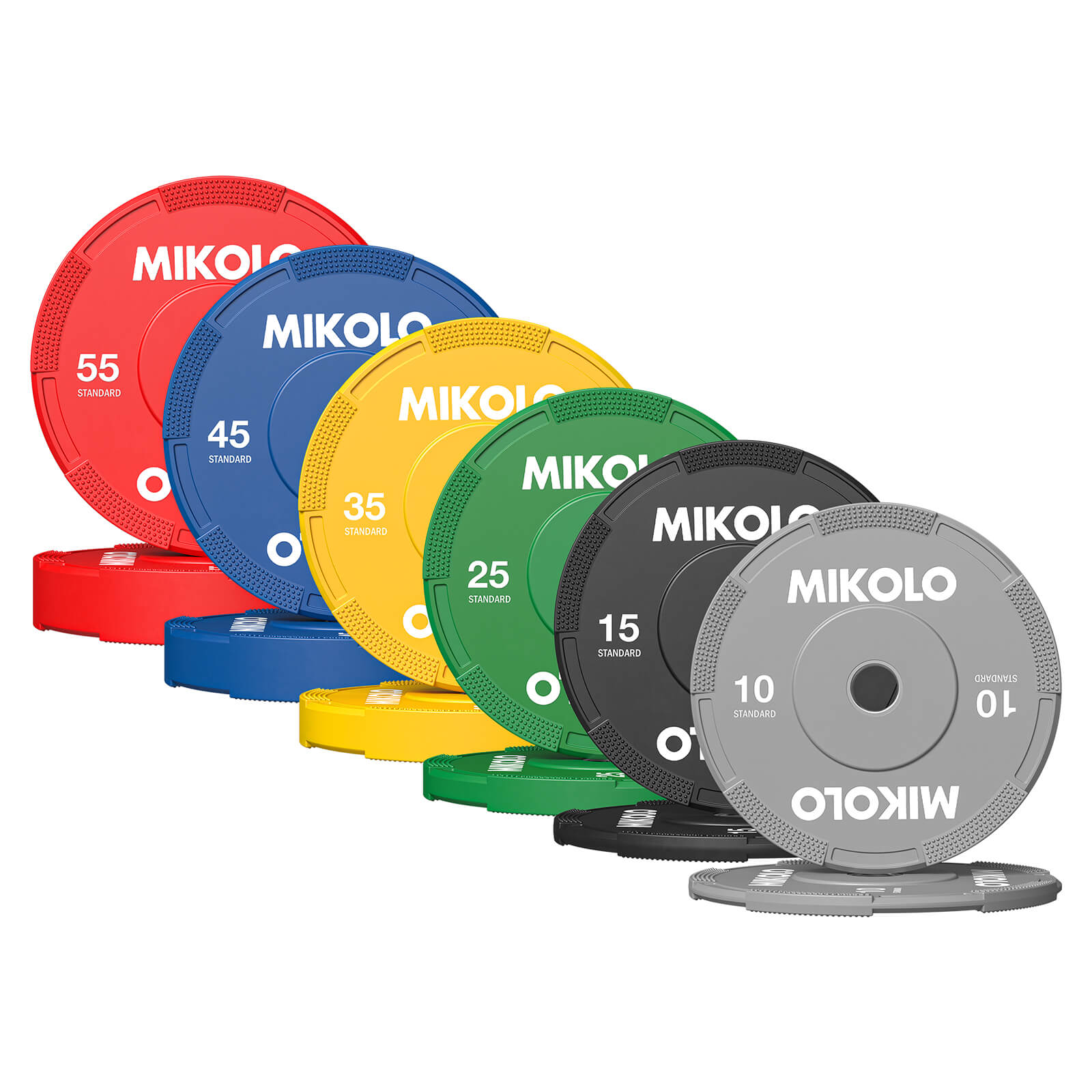
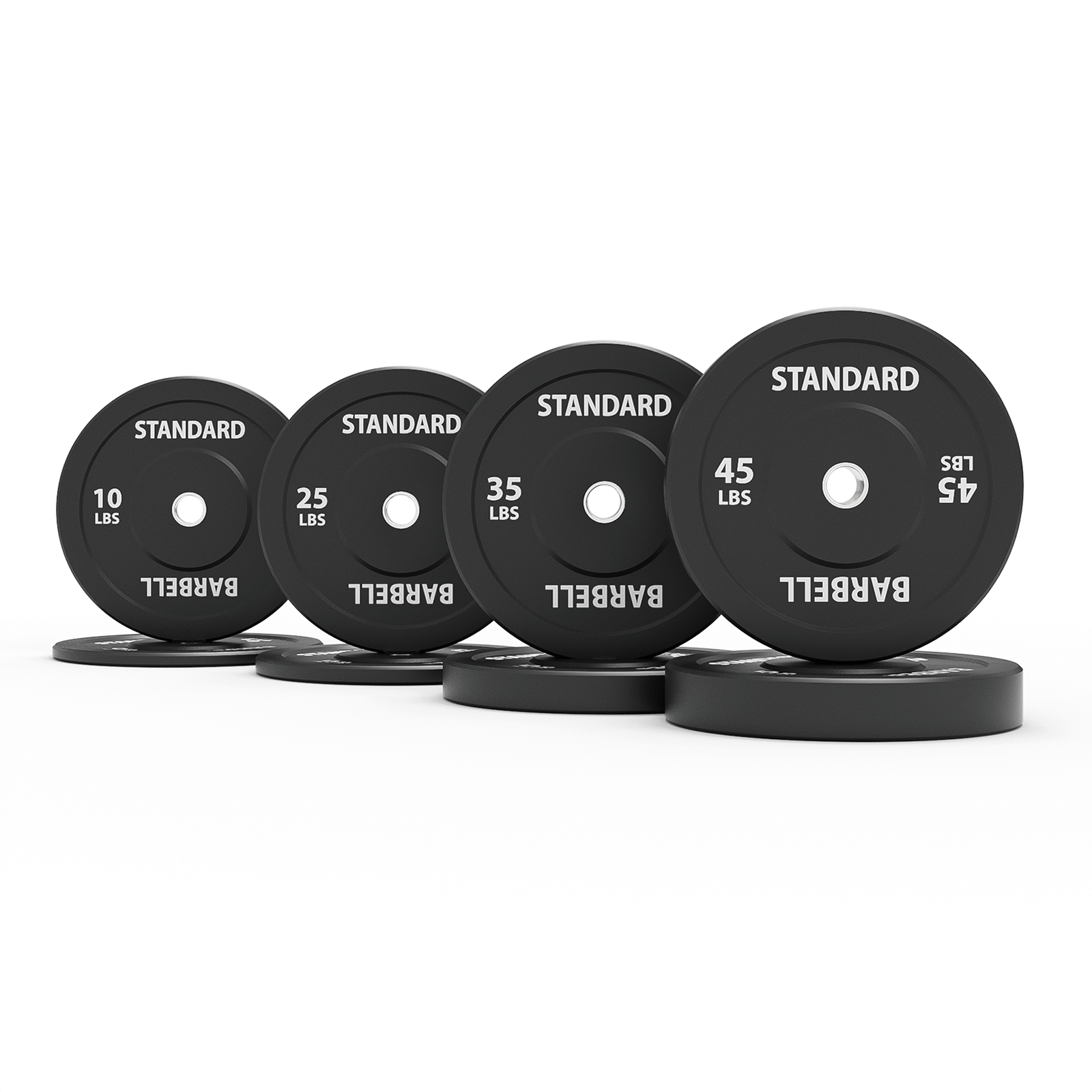

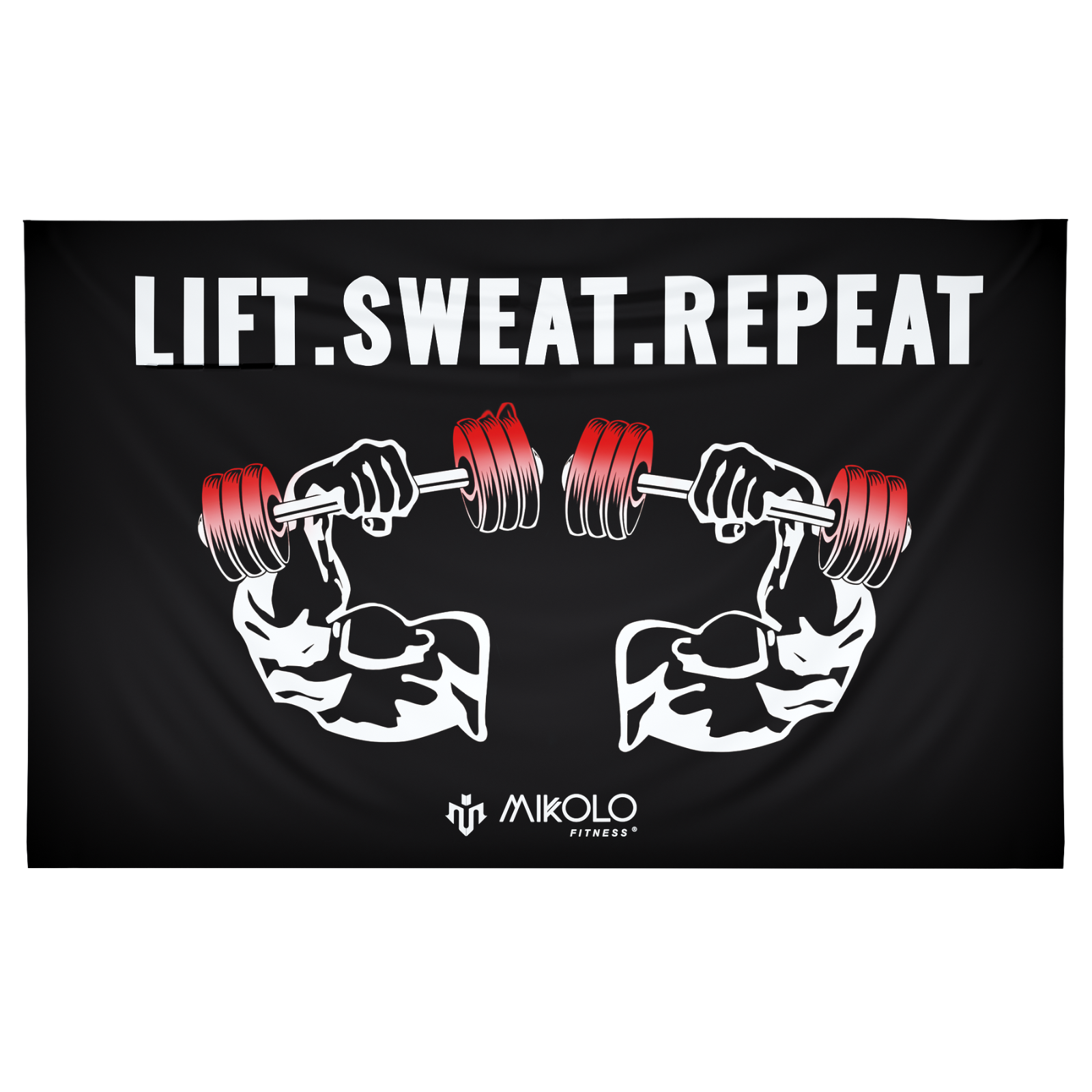
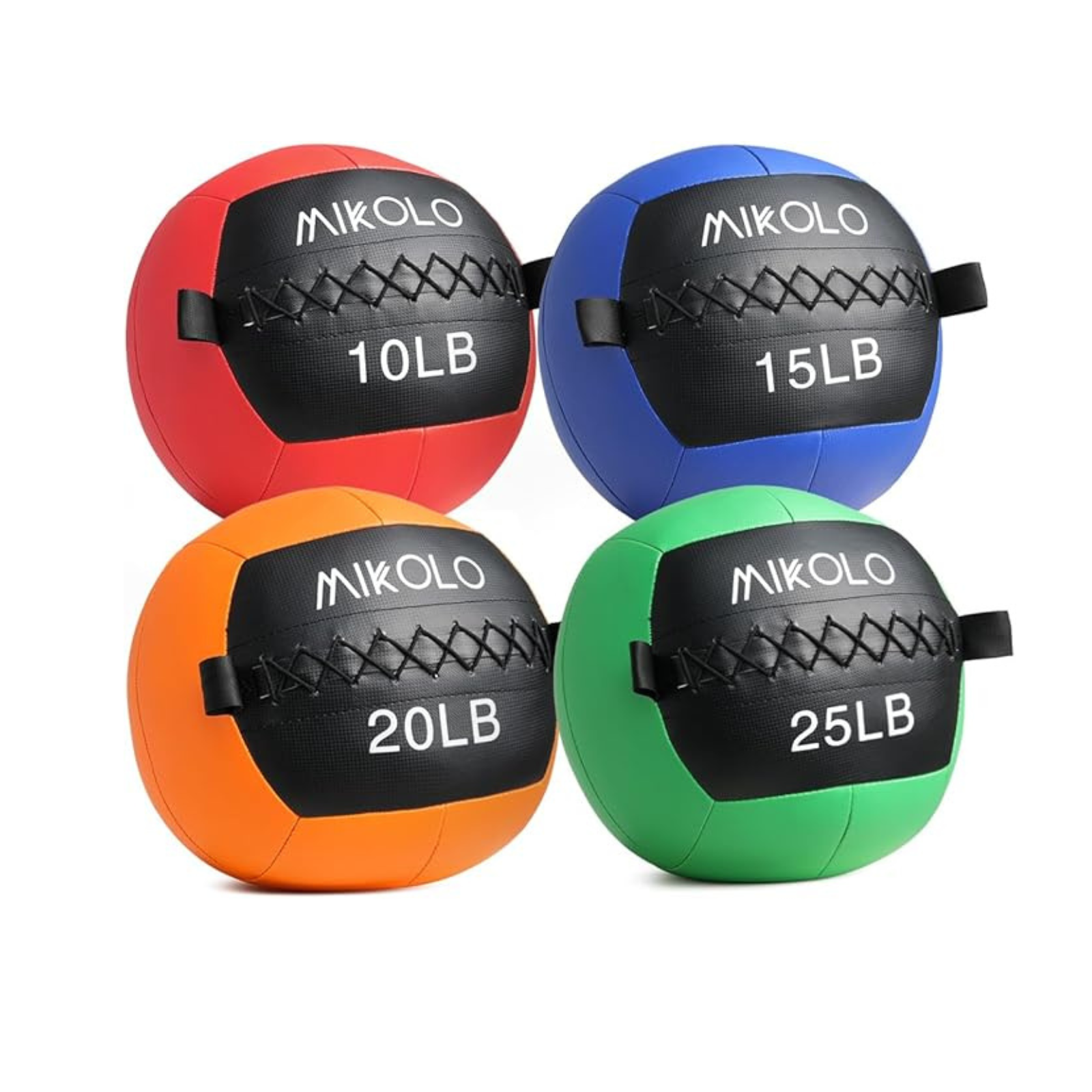
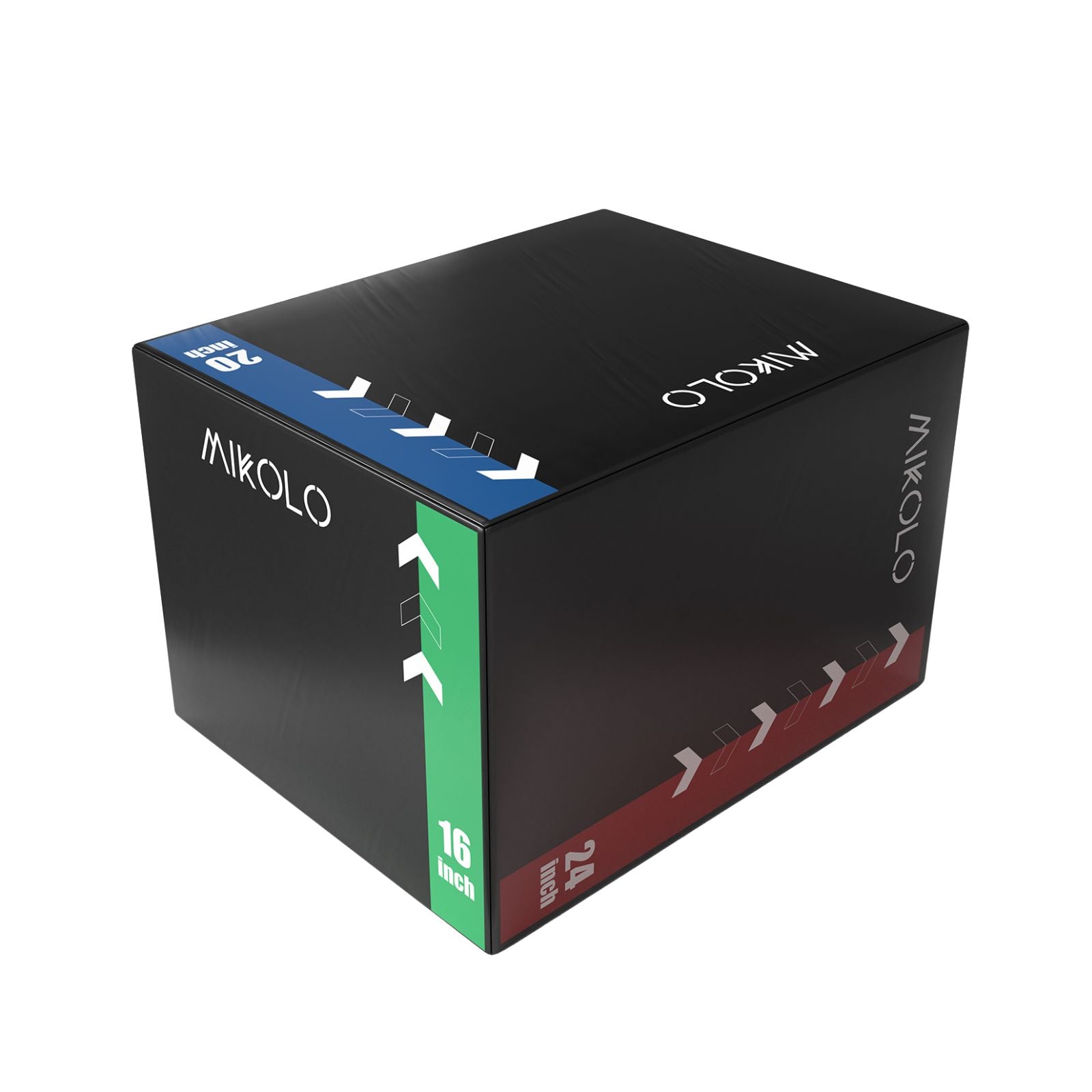

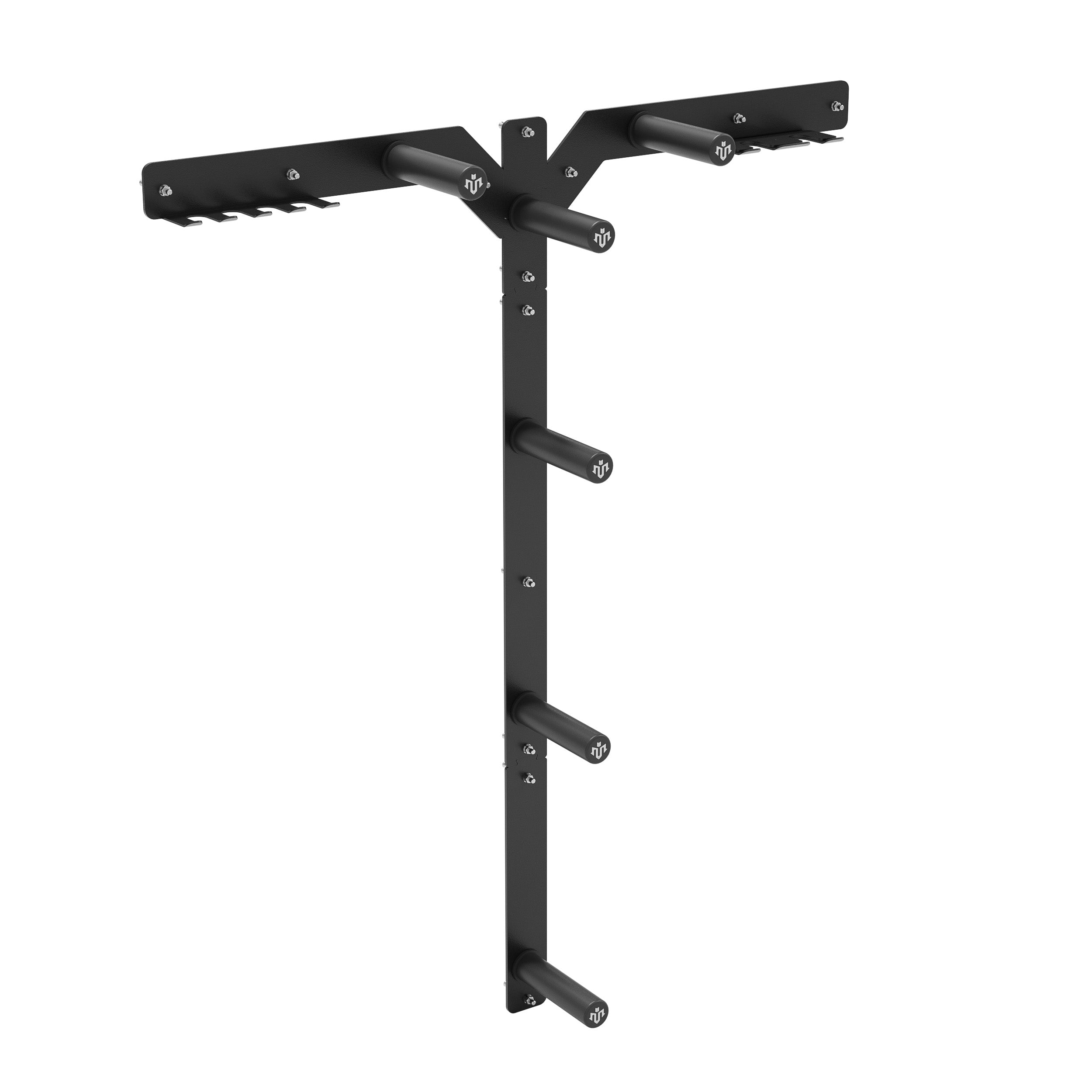





Leave a comment
This site is protected by hCaptcha and the hCaptcha Privacy Policy and Terms of Service apply.